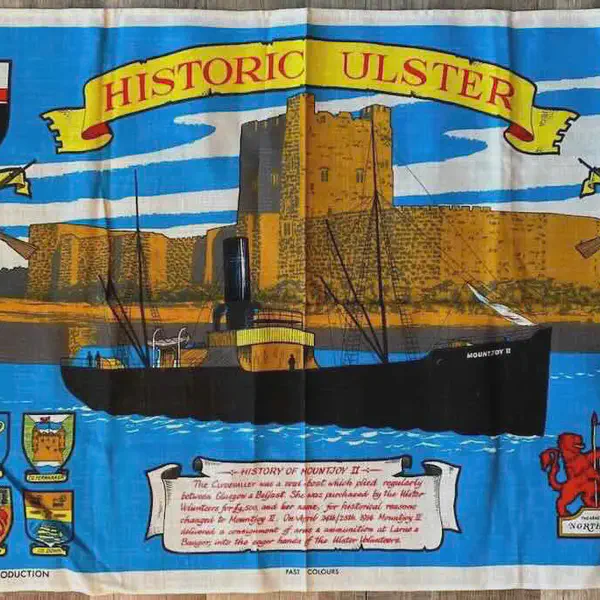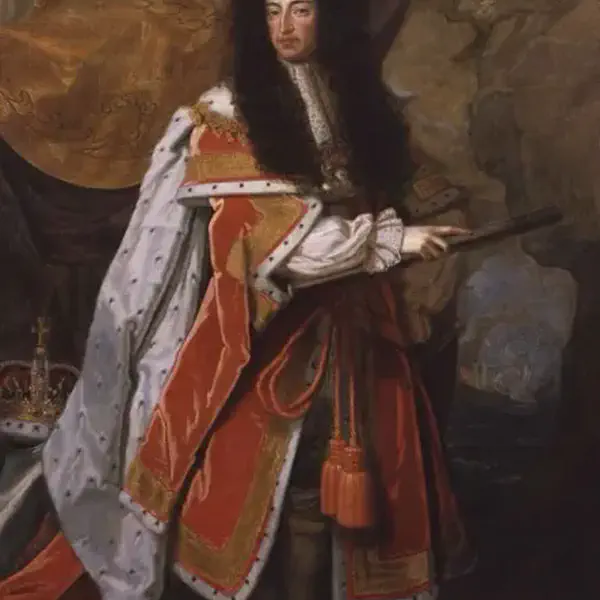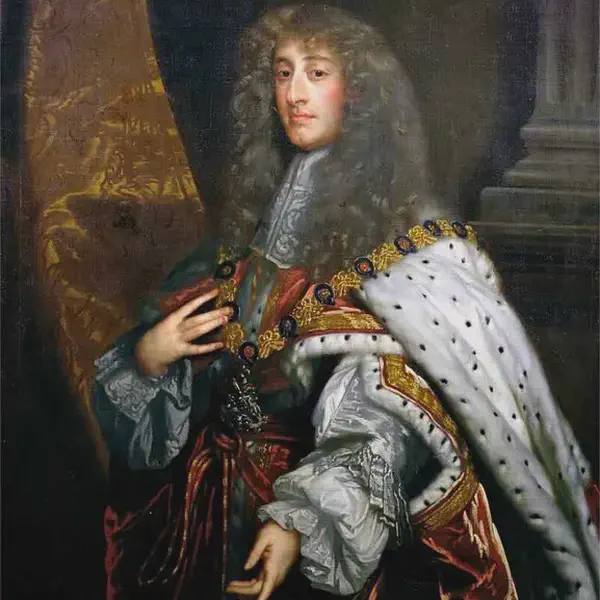
Relief of Derry, Ireland, a major Williamite victory
The Relief of Derry in 1689 was a significant event during the Williamite War in Ireland and is remembered as a major victory for the Williamite forces against the Jacobites. The siege and eventual relief of the city of Derry (now Londonderry) became a symbol of Protestant resistance to Catholic King James II and his supporters, who sought to regain the English throne.
ireland

Derry-Londonderry relived of siege
Robert Lundy, Governor of Derry-Londonderry, advises surrender at the approach of James’s army but is overruled and allowed to escape. The city holds out under siege for 105 days and is relieved on this date
ireland

Enniskillen Protestants defeat Jacobite forces
The Jacobite war broke out in 1689, when the Catholic King James II of England, was removed from the throne, by a revolution that brought his son in law, the Protestant William of Orange to power. James fled to France and with the backing of King Louis, arrived in Ireland on 12th of March with a French army. Ireland with the exception of a large part of Ulster had remained loyal to James, and he hoped to use it as base from which to recover the English throne.
ireland

Mountjoy Ship - Siege of Derry
The Mountjoy was a merchant ship used to relieve the Siege of Derry in Ulster in 1689.
ireland

Siege of Derry begins
The siege of Derry in 1689 was the first major event in the Williamite War in Ireland. The siege was preceded by an attempt against the town by Jacobite forces on 7 December 1688 that was foiled when 13 apprentices shut the gates. This was an act of rebellion against James II.
ireland

Scottish Parliament declared that James VII had forfeited the Scottish throne.
The 1689 Convention of Estates sat between 16 March 1689 and 5 June 1689 to determine the settlement of the Scottish throne, following the deposition of James VII in the 1688 Glorious Revolution. The Convention of the Estates of Scotland was a sister-institution to Parliament, comprising the three estates of bishops, barons and representatives of the Burghs. Historically, it had been summoned by the king of Scots for the limited purpose of raising taxes, and could not pass other legislation. Unlike the English Convention Parliament of 1689, the 1689 Scottish Convention was also a contest for control of the Church of Scotland or Kirk.
ireland

Derry-Londonderry declares allegiance to William III
The city in Northern Ireland known as Derry by nationalists and Londonderry by unionists has a complex history, and events related to allegiance and control have been significant, particularly during periods such as the Williamite War in the late 17th century.
ireland

Sir George Mackenzie of Rosehaugh founded Advocates Library
Sir George Mackenzie of Rosehaugh (1636 – May 8, 1691) was a Scottish lawyer, Lord Advocate, essayist and legal writer. He was nicknamed Bloody Mackenzie.
ireland

James II lands at Kinsale and proceeds to Dublin
James II of England and VII of Scotland landed at Kinsale, Ireland, on March 12, 1689. His arrival in Ireland was part of his effort to regain the thrones of England, Scotland, and Ireland after he was deposed during the Glorious Revolution of 1688. James, a Catholic monarch, faced opposition from the predominantly Protestant English Parliament, which invited his Protestant daughter Mary and her husband, William of Orange (William III), to take the throne. This effectively led to James’s ousting in what was a relatively bloodless coup.
ireland